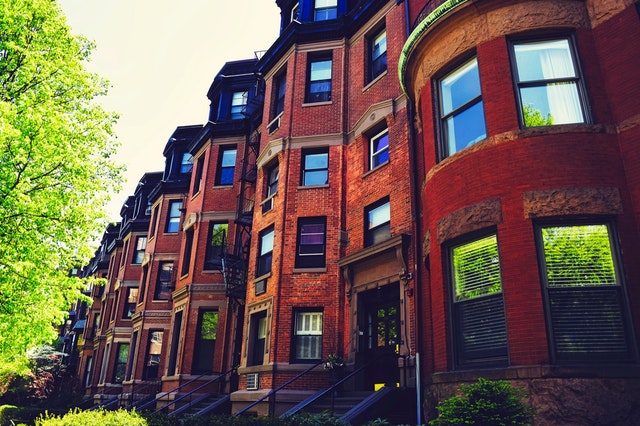How To Get Your Free Annual Credit Report And Why You Need It
 Your credit report influences whether or not you’ll qualify for a mortgage and what kind of interest you’ll pay on that loan. This isn’t something you can safely ignore. Smart homebuyers understand the importance of monitoring credit scores and credit reports. Here is some information about how to get your credit report.
Your credit report influences whether or not you’ll qualify for a mortgage and what kind of interest you’ll pay on that loan. This isn’t something you can safely ignore. Smart homebuyers understand the importance of monitoring credit scores and credit reports. Here is some information about how to get your credit report.
Free Credit Report Available
You’re entitled to free credit report, according to the Fair Credit Reporting Act. You can get one free report each year from each of the three major credit bureaus; Experian, Equifax and Transunion.
The easiest way to get your free report is to go to AnnualCreditReport.com. This is the official site that was originally established by the Fair Credit Reporting Act.
How To Get Your Free Credit Report
Once you reach the site, create an account by registering. Have as much of your available credit information available when you request your free credit report. The reason is because the site will need to verify that it’s actually you requesting the credit report. If you have your information at hand, it will be easier and faster to confirm your identity.
This is just a process that the site has in place to protect your identity from fraud. They might ask you things like past residences, past credit card companies, or something else.
Why You Need To Get Your Free Annual Credit Report
When you apply for a home loan, the lender will pull your credit report and review it. They’ll look for signs that you are a good credit risk. Things they consider include how you handle your debt to income ratio, whether or not you pay your bills on time and if you have any negative notations on your credit report.
For this reason, you should look at your own credit report before applying for a mortgage. This gives you a chance to fix anything that is incorrect in your credit report and an opportunity to improve your credit report if it’s not in great shape.
You Can Help Prevent Identity Fraud
Another important reason to review your free annual credit report is to prevent fraud. If you see anything unfamiliar on your report, such as loans you didn’t take out or balances for things you don’t recognize, you can immediately act on those issues so they don’t affect your chance at getting approved for a home loan.
Always be proactive when it comes to your credit history. By availing of your right to a free annual credit report, you can ensure that your credit is in as good as possible condition when you go to apply for a mortgage.
If you are looking for a new home or if you are interested in refinancing your current property, be sure to consult with your trusted home mortgage professional to discuss financing options.

 PMI, which is also called private mortgage insurance, is protect that the lender may ask the buyer to purchase. In the event that the buyer defaults on their home loan and the home enters foreclosure, the lender has a way to recoup their losses.
PMI, which is also called private mortgage insurance, is protect that the lender may ask the buyer to purchase. In the event that the buyer defaults on their home loan and the home enters foreclosure, the lender has a way to recoup their losses. For a long time after the real estate housing crisis in 2008, buyers with a poor credit history had a difficult time finding mortgage financing. It was a problem that trapped those seeking to buy a home because so many lost their homes from the inability to pay their mortgages.
For a long time after the real estate housing crisis in 2008, buyers with a poor credit history had a difficult time finding mortgage financing. It was a problem that trapped those seeking to buy a home because so many lost their homes from the inability to pay their mortgages. Opportunity Zones were created by the 2017 Tax Cuts and Jobs Act to encourage investors with capital gains on other investments to invest that money in low-income and undercapitalized communities. They get a reward of deferring capital gains tax. They avoid a portion of it altogether if they keep the investment for five years or longer.
Opportunity Zones were created by the 2017 Tax Cuts and Jobs Act to encourage investors with capital gains on other investments to invest that money in low-income and undercapitalized communities. They get a reward of deferring capital gains tax. They avoid a portion of it altogether if they keep the investment for five years or longer.  Crowdfunding came into prominence with the Jumpstart Our Business Startups (JOBS) Act that President Obama signed into law during 2012 and subsequent enhancements. The JOBS Act made it easier for startups to raise money and for the first time allowed the legal ability to advertise the investments and accept small investors.
Crowdfunding came into prominence with the Jumpstart Our Business Startups (JOBS) Act that President Obama signed into law during 2012 and subsequent enhancements. The JOBS Act made it easier for startups to raise money and for the first time allowed the legal ability to advertise the investments and accept small investors.